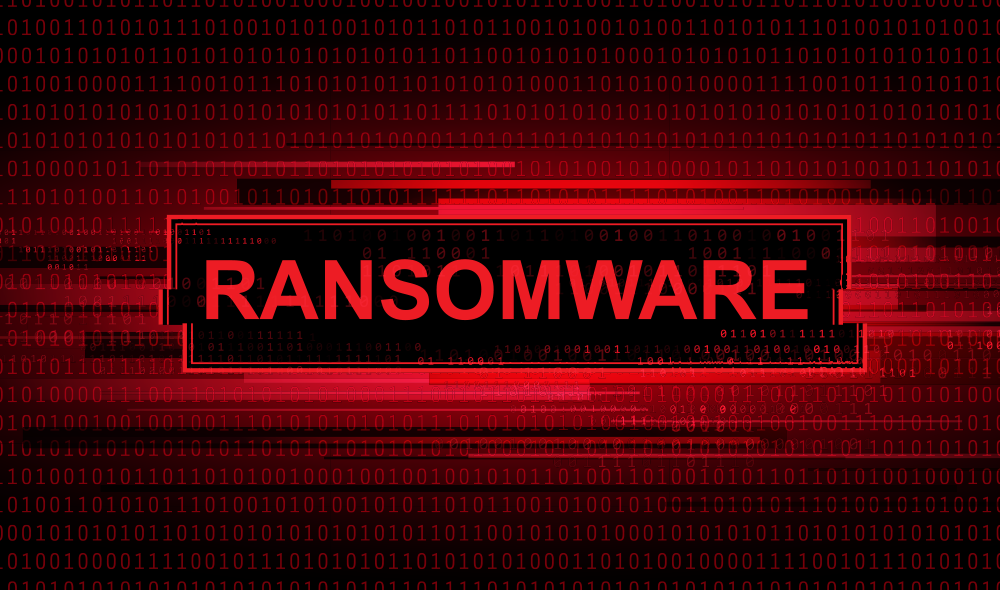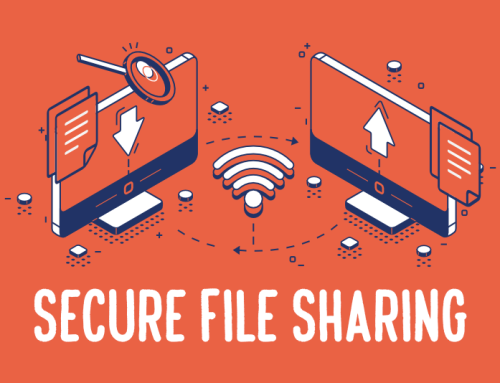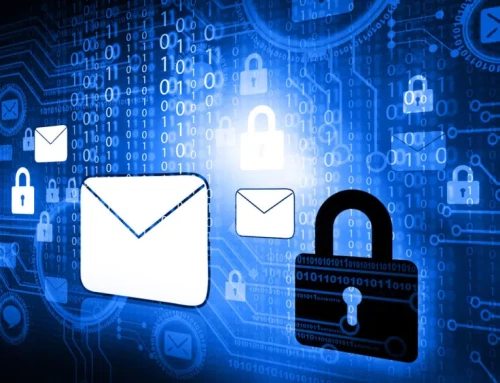Ransomware
Ransomware attacks have become a significant and quickly changing threat in the digital sphere in recent years. These malicious attacks, which are typically by cybercriminals, encrypt important data and levy hefty ransom fees in order to decrypt it. Ransomware has a variety of industries, including the public sector, the healthcare industry, and companies of all sizes, resulting in monetary losses, operational disruptions, and potential privacy violations. To mitigate this rising threat, it is essential to comprehend ransomware attacks and put effective cybersecurity measures in place.
What is Ransomware?
A form of malicious software ransomware is intended to prevent access to a victim’s data unless a ransom is paid. It enters computers using a number of different methods, including phishing emails, malicious attachments, and websites. When ransomware is activated, it encrypts files, making them inaccessible. Then, cybercriminals demand payment, usually in return for a decryption key or the assurance that the data will be made available.
Evolving Tactics:
Attacks using ransomware are getting more and more cybercriminals are using cutting-edge methods to make them as devastating as possible. Social engineering is frequently used by them to deceive users into opening malicious email attachments or clicking on malicious links. In order to spread the malware quickly, they also use exploit kits and exploit software flaws and botnets. The emergence of ransomware-as-a-service (RaaS) has further the entry-level requirements for cybercriminals, enabling even newcomers to the field to launch attacks.
Damaging Consequences:
A ransomware attack that is successful may have negative effects. Paying ransoms, the expense of restoring systems, and potential legal repercussions could result in financial losses for organizations. Operational hiccups can cause downtime, lost productivity, and reputational harm to the entity. Furthermore, if private data is a real risk of data breaches and privacy violations.
Mitigating the Risk:
The risk of ransomware attacks can be prevented. Here are some crucial actions to think about:
- a) Continual Data Backups: Keep safe, offline backups of important data to allow for restoration in the event of an attack.
- b) Employee Education: Inform staff members about possible phishing scams, shady emails, and secure web browsing techniques.
- c) Software Updates: To fix known vulnerabilities, keep all software, including operating systems and applications, up to date.
- d) Effective Security Solutions: Put in place firewalls, antivirus programs, and intrusion detection systems, among other multi-layer security measures.
- e) Network Segmentation: Strict access controls and network segmentation can help stop ransomware from spreading throughout an organization.
- f) Incident Response Plan: Create a strong incident response strategy that outlines procedures for containment, eradication, and recovery.
- g) User Access Control: Apply the least privilege principle and only give users the access they require to complete their tasks.
- h) Conduct routine security audits to find vulnerabilities and take proactive measures to fix them.
Collaborative Efforts:
Working together, different stakeholders must address the ransomware threat. To share threat information, there are strong policies and regulations in place. To improve cybersecurity awareness at all levels, governments, law enforcement agencies, private sector organizations, and cybersecurity experts must collaborate.
Attacks by ransomware pose a serious risk to both individuals and organizations, with potentially disastrous results. Protecting sensitive data, educating users, and encouraging collaborative efforts are critical to reducing the effects of ransomware and ensuring a safe online environment for everyone.






